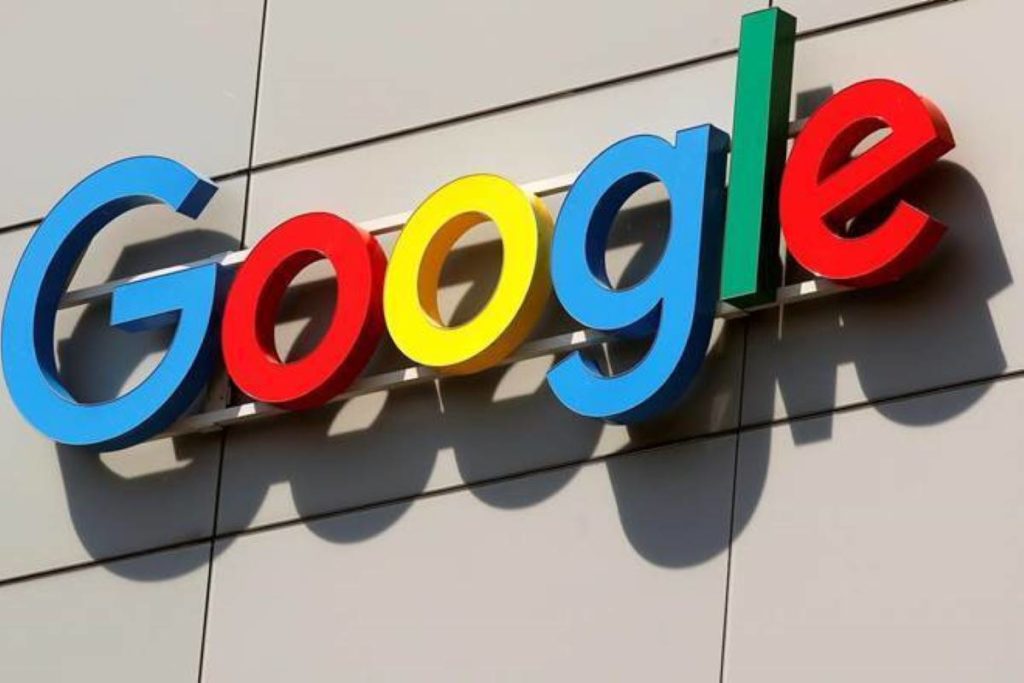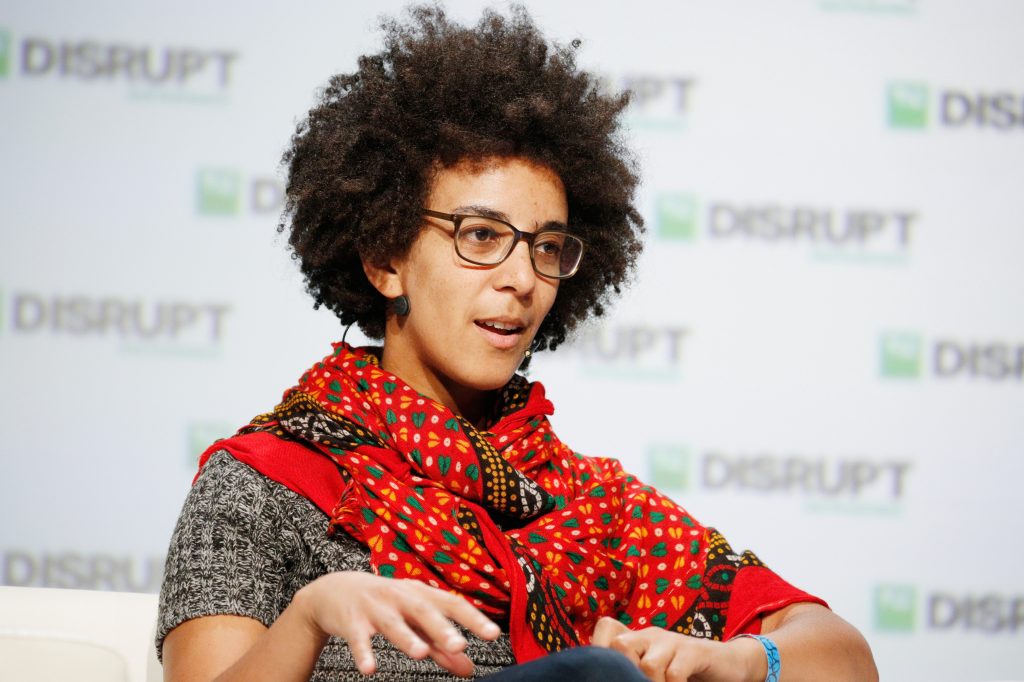Google Android 12 Developer Preview Reveals the Features and Release Date of the OS.
Google has already shared the two versions of the Android 12 developer previews, and its third version is also on the way. The developer preview is nothing but a sneak peek at the new features that a software possesses before its actual release. The previous developer previews and other leaks of Android 12 have already given us much-needed information about the OS. The latest leaks and rumors have disclosed some more features and also the date of Android 12’s final release.
Talking About the Features of Android 12
Since the TVs have also become smarter, with the new updated OS, Google has improved the Android 12 OS features for the smart TVs. Apart from that, the company has also made sure that the OS works better on tablets and foldable phones as well. Google has worked on the video and image quality for the new OS, as now it will be possible for the users to save data through image compression and better copy and paste features.
Google has also better the game on screenshot capturing as earlier all the smartphone could only take the whole screen screenshot, but the new improved screenshot feature on Android 12 allows the user to capture a manually selected area on the screen. According to the reports, the screenshot capture may include a markup menu as well, which may allow the users to add annotations and emojis to the screenshots.

The split-screen feature has also been improved in the new Android OS 12, as now the users can run two apps in pair through a double-tap on the screen, simultaneously. This very feature has been improved, most likely for foldable smartphones.
Google had already introduced the double tap on the back feature in the Android 11 beta. The feature was to access the Google Assistant by tapping twice on the back of the phone. But it failed to impress the audience. The same feature has been introduced in the Android 12 OS, but this time, the users are allowed to set the sensitivity level of the tap, so that no other action takes place on the tapping. The double-tap feature will also allow the users to access the notification, take a screenshot, pause/resume media playback, and open recent apps, etc.
The new Android 12 OS will also include the theme option in it. The users will be able to apply a particular color as a theme for their smartphones. The app developers can also take advantage of this feature by allowing their apps to incorporate color themes into their apps. The notification panel will also get a whole new opaque background and the looks for the lock screen media player have also been changed a bit. Another new feature of the Android 12 OS will also let the users adjust or reduce on-screen contrast.
Security Feature
The company has also improved the security features for smartphones in the upcoming Android OS. There will be an option to allow or block the use of a camera and microphone on the various apps. The OS will also alert the users if any app is using the content from the clipboard of the phone. The OS will also include the facility to share the wi-fi passwords with nearby smartphones through QR code scanning.

Devices to Get Android 12 and Release Date
Though most of the latest Android smartphones will get access to the new Android 12, the names given by the company that will come with Android 12 includes Pixel 3, Pixel 3 XL, Pixel 3a, Pixel 3a XL, Pixel 4, Pixel 4 XL, Pixel 4a, Pixel 4a 5G, and Pixel 5, Samsung Galaxy S21 and OnePlus 9, etc.
Google has already released the second developer preview version of Android 12 and is organizing the Google IO 2021 event from May 18 to May 20, where the company is said to release the first public beta version of the OS. Reportedly, the company is going to have the final launch of the OS in September this year.

Yashica is a Software Engineer turned Content Writer, who loves to write on social causes and expertise in writing technical stuff. She loves to watch movies and explore new places. She believes that you need to live once before you die. So experimenting with her life and career choices, she is trying to live her life to the fullest.





